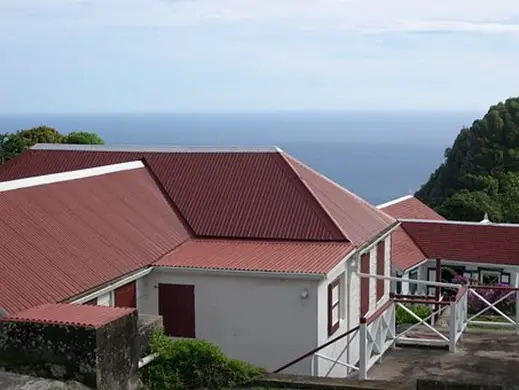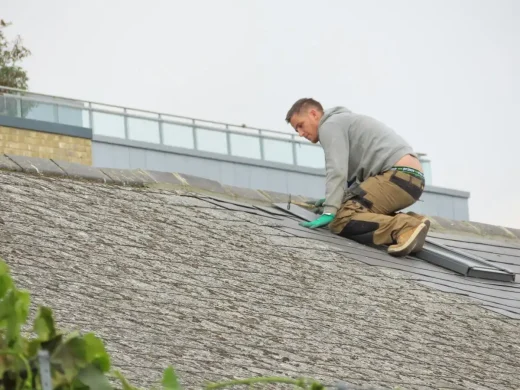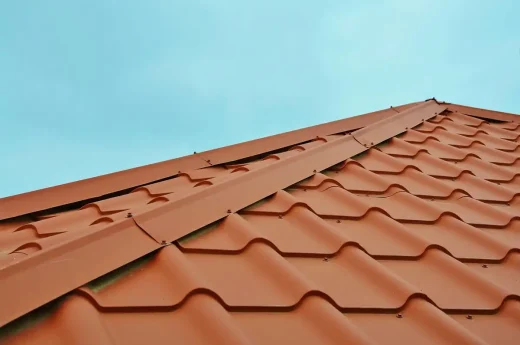Sustainable housing roofing design, Home roof repair contractor, Building maintenance
The Role of Roofing in Sustainable Housing Design
4 March 2025

image courtesy of www.pexels.come
In the ongoing conversation about sustainable housing, one component rarely receives the attention it deserves: the roof. While the discourse often centers around energy-efficient appliances and sustainable materials for walls and floors, the role of roofing in advancing sustainable living warrants more consideration. A roof is not merely a shield against the elements; it greatly influences a home’s energy consumption and carbon footprint.
Energy Efficiency and Insulation
The type of material used in roofing can significantly affect a home’s energy efficiency. Metal roofs, for instance, possess reflective properties that mitigate heat absorption, thereby reducing cooling costs. In contrast, traditional asphalt shingles can trap heat, leading to higher air conditioning use. By choosing materials with superior insulating qualities, homeowners can realize substantial savings on energy bills while reducing their ecological impact.
The benefits of effective insulation extend beyond simple energy savings. Properly insulated roofs contribute to a more consistent indoor climate, enhancing comfort for occupants throughout the year. With roofs playing a major role in maintaining temperature stability, they can indirectly affect heating systems’ wear and tear, potentially extending their lifespan and reducing maintenance needs. Additionally, a properly insulated roof can reduce noise pollution, offering a more tranquil indoor environment.
Solar Potential
Incorporating solar technology into roofing is another step towards sustainability. Solar panels installed on rooftops capture sunlight and convert it into electricity, diminishing reliance on fossil fuels. Moreover, advancements in solar technology now offer the possibility of integrated solar roofing tiles, which disguise solar capability within conventional aesthetics. As installation costs become more affordable, rooftop solar is poised to play a significant role in sustainable housing.
Beyond just reducing dependency on traditional energy sources, solar-integrated roofs provide homeowners with the opportunity to take charge of their energy production. Excess energy generated can often be sold back to the grid, offering financial incentives. The economic advantage, coupled with reduced environmental impact, makes solar roofing an appealing choice for eco-conscious homeowners. Furthermore, as grid independence increases, communities can experience enhanced energy resilience in the face of growing power demands.
For homeowners in Texas, finding experienced professionals to implement these energy solutions is vital. You can look for services such as professional roof installation in New Braunfels, ensuring that your sustainable efforts align with local climate challenges and architectural requirements.
Green Roofs: A Natural Choice
Green roofs, which comprise vegetation layers laid over a waterproof membrane, offer unexpected environmental benefits. They aid in managing stormwater by absorbing precipitation and reducing runoff. Beyond hydrological advantages, green roofs provide thermal insulation, extending the lifespan of roofing materials. The layer of soil and plants on a green roof works as a natural air purifier and noise reducer, creating a microclimate that promotes urban biodiversity.
The aesthetic value green roofs introduce cannot be overstated. In urban environments, where green spaces are sparse, they offer a visual reprieve by integrating elements of nature into the architectural framework. Roof gardens have the potential to foster a deeper connection between urban dwellers and the natural world, encouraging mindfulness toward environmental stewardship. Additionally, these green spaces can inspire and promote outdoor activities, creating healthier and more vibrant communities.
Longevity and Durability
The durability of roofing materials directly impacts sustainability. Longer-lasting roofs minimize the frequency of replacements and reduce materials’ transportation emissions. Metal roofs can endure up to 70 years, while clay and concrete tiles can last a century. By investing in durable roofing options, homeowners contribute to long-term sustainability—not only by diminishing waste but also by its ripple effects across the supply chain.
Choosing a longer-lasting roof has implications for reducing resource extraction and manufacturing processes, which further enhances their environmental significance. A durable roofing system can also signify fewer economic outlays over time. Since these materials withstand extreme weather conditions, they prove cost-effective as maintenance and repair expenses can be considerably reduced. Ultimately, investing in quality roofing contributes not only to sustainability but also to improved financial planning.
Recycled Materials
Construction waste is a significant contributor to landfills worldwide, so roofing options utilizing recycled materials are especially attractive. Recycled shingles, often made from post-consumer waste such as rubber or plastics, are gaining traction. These shingles support a circular economy approach by transforming waste into resilient roofing materials, thereby curtailing the construction sector’s environmental toll.
The Challenge of Retrofitting
While new constructions can seamlessly integrate sustainable roofing technologies, retrofitting presents its challenges. Older homes with traditional roofing may face structural limitations in transitioning to greener options, such as solar panels or green roofs. However, policy incentives, financial mechanisms, and technological advancements are gradually bridging this gap. Efforts to revamp older buildings signify a comprehensive strategy to promote sustainable living universally.
As sustainability steers architectural evolution, roofing emerges as a significant yet understated pillar in shaping this ecological narrative. Through thoughtful selection of roofing materials and the integration of green technologies, roofs can revitalize and transform from passive structures into active participants in sustainable housing. Ultimately, the responsibility lies with consumers, builders, and policymakers to prioritize roofing in the dialogue about eco-friendly living. The future may be uncertain, but the path towards sustainable roofing is decidedly clear.
Comments on this guide to Sustainable housing roofing design article are welcome.
+++
Roofing Articles
Roofing Posts
Flat roof repair

image source : pixabay.com
Insulation Options for Your Roof
How to make your roofing company a success
+++
Property Design
Contemporary Property Designs – recent architectural selection from e-architect below:
Comments / photos for Sustainable housing roofing design for your home page welcome





